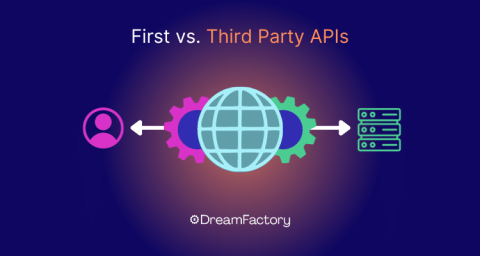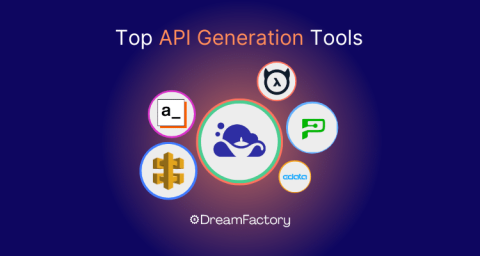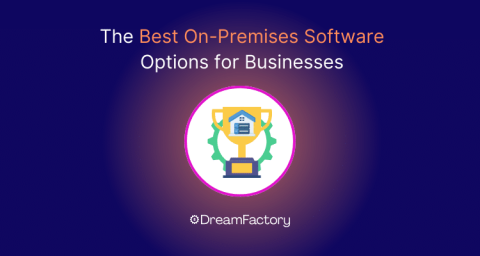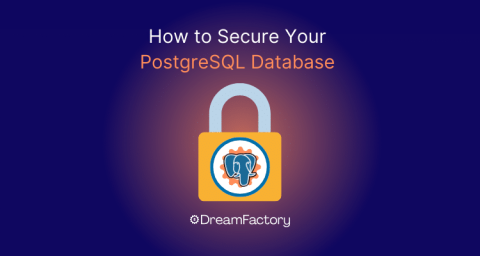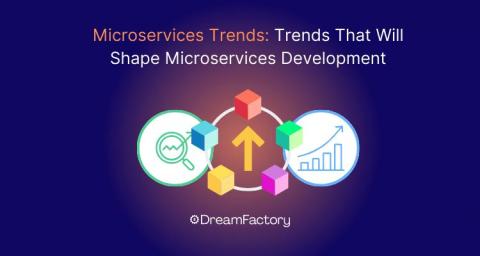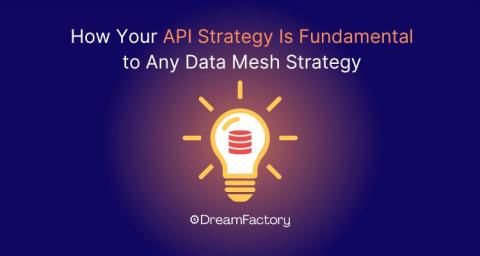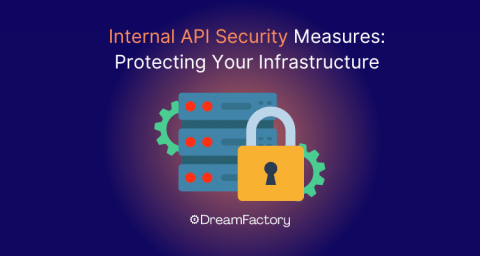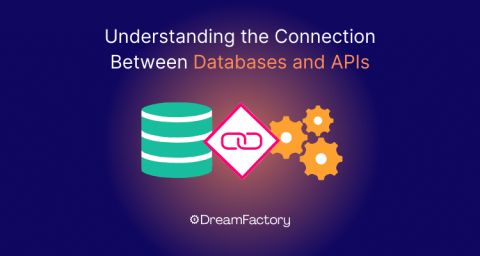Best Kong Alternatives for 2024
As companies strive to differentiate themselves through speed and agility, a well-planned API strategy becomes crucial. However, as demands and customer needs evolve, an API catalogue can quickly become overwhelming. While Kong is a popular tool for organizing API development and management, there are Kong alternatives to consider that may better fit your specific needs. Here’s the key things to know about Kong and the best Kong Alternatives for 2024: Table of Contents.



